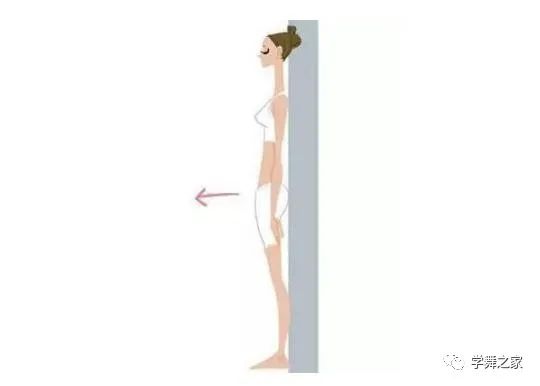In the process of practicing yoga, we will gradually realize a commonly felt situation: irregular asanas.

This is indeed a problem faced by many yoga practitioners, and it is also one of the most troublesome problems for Yoga people.

As we all know, whether we adopt the correct yoga practice skills in practice is directly related to our exercise effect.

If we can master yoga practice skills well, we will not suffer “torture” during practice, but also get twice the result with half the effort.

Otherwise, practicing blindly will not only waste time, but also fail to see good results.

In serious cases, it will also lead to yoga damage.
Therefore, the correct control of the correct yoga posture is absolutely the most critical step in the process of yoga practice.
All yoga postures are based on three basic elements: correct standing posture, sitting posture and breathing.
Therefore, if you want to practice yoga more effectively, you must grasp and control these three basic elements.
Next, I will analyze the basic training principles of these three elements in detail.
The mountain pose in standing yoga is the best posture to practice standing posture.
Mastering correct posture skills is not only the key to mastering balance, but also helps us better coordinate all joints of the body and prepare for more difficult postures.
Precautions for standing posture: 1 Ears, shoulders, hips and ankles are parallel to the ground.
2.
The chin is slightly closed and the head, pelvis and ankle are in line.
3.
Relax your knees.
The last third of the foot is the force point.
4.
Keep your back straight and your spine and head straight up.
5.
Open the shoulder and push the folded muscles under the armpit towards the clavicle.
In our daily life, we should also avoid some wrong postures.
After all, habit is the best teacher.
We must grasp some usual details.
You should deliberately avoid sticking out your neck, hunching, over stretching of your knees, stress on one foot, inconsistent orientation of your knees and toes, and so on.
Sitting exercise in sitting yoga is certainly a course to test patience, but the benefits of sitting can not be ignored, such as being beneficial to the health of knees and ankles, enhancing the flexibility of hips, knees and ankles, and nourishing and strengthening the nervous system of legs.
Precautions for standing posture: 1 After sitting down, adjust back and forth, left and right to find the center of the sciatic bone.
2.
Keep your back straight and your whole body energetic.
3.
Cross legged sitting position shall be changed at an interval of 15 minutes; 4.
It is suggested that the beginning exercisers follow the training principle of “short time and many times”, and then gradually extend the exercise time.
People who have difficulty in sitting with their legs crossed can also try other sitting positions, mainly considering comfort.
At ordinary times, a person should also maintain a correct sitting posture in his life, avoid sitting with round shoulders and arched backs, and avoid crossing his legs.
Breathing actually runs through the whole Yoga process.
Whether the whole process goes smoothly or not, breathing plays a vital role.
In dynamic exercises, the basic principle is to inhale when the body is upward, outward and expanding, and exhale when the body is downward, inward, contracting and twisting.
During static exercise, keep full and full breathing as much as possible.
Precautions for breathing: 1 When recovering energy: inhale from the pubic bone and transfer the gas from the front of the body to the top of the head.
As you exhale, the gas moves along the back of the body toward the tailbone.
2.
When healing (reduce physical pain): please use the opposite method.
Inhale from the tailbone and transfer the gas from the back of the body to the top of the head.
When you exhale, feel the exhalation from the front of your body and feel the sinking pubis with your brain.
Don’t hold your breath at any time.
Even in Yoga asanas, you should learn to make your breathing symmetrical and natural.
Only in this way can your practice be more effective.
Practicing yoga is not a day’s work.
Laying a good foundation is the key to good yoga practice.
These three elements run through the whole process of yoga.
No matter what stage you are practicing yoga, you must firmly grasp these principles, because only by mastering these skills can your practice be effective.
Yoga is an attitude towards life.
Stick to it and you’ll get a different life!..

